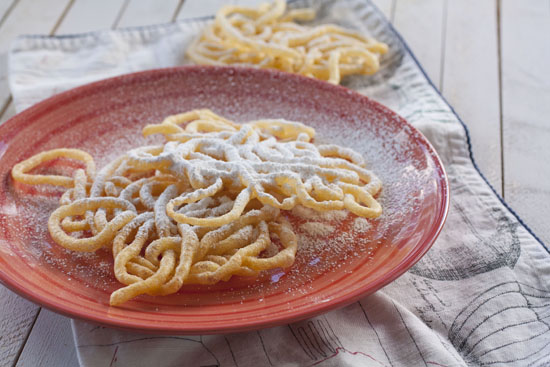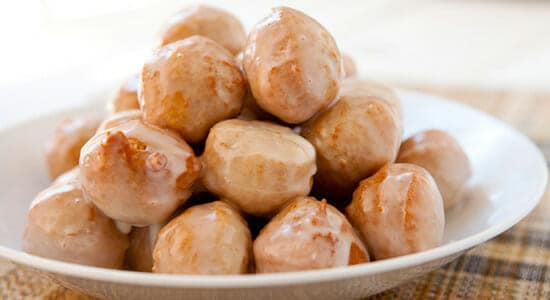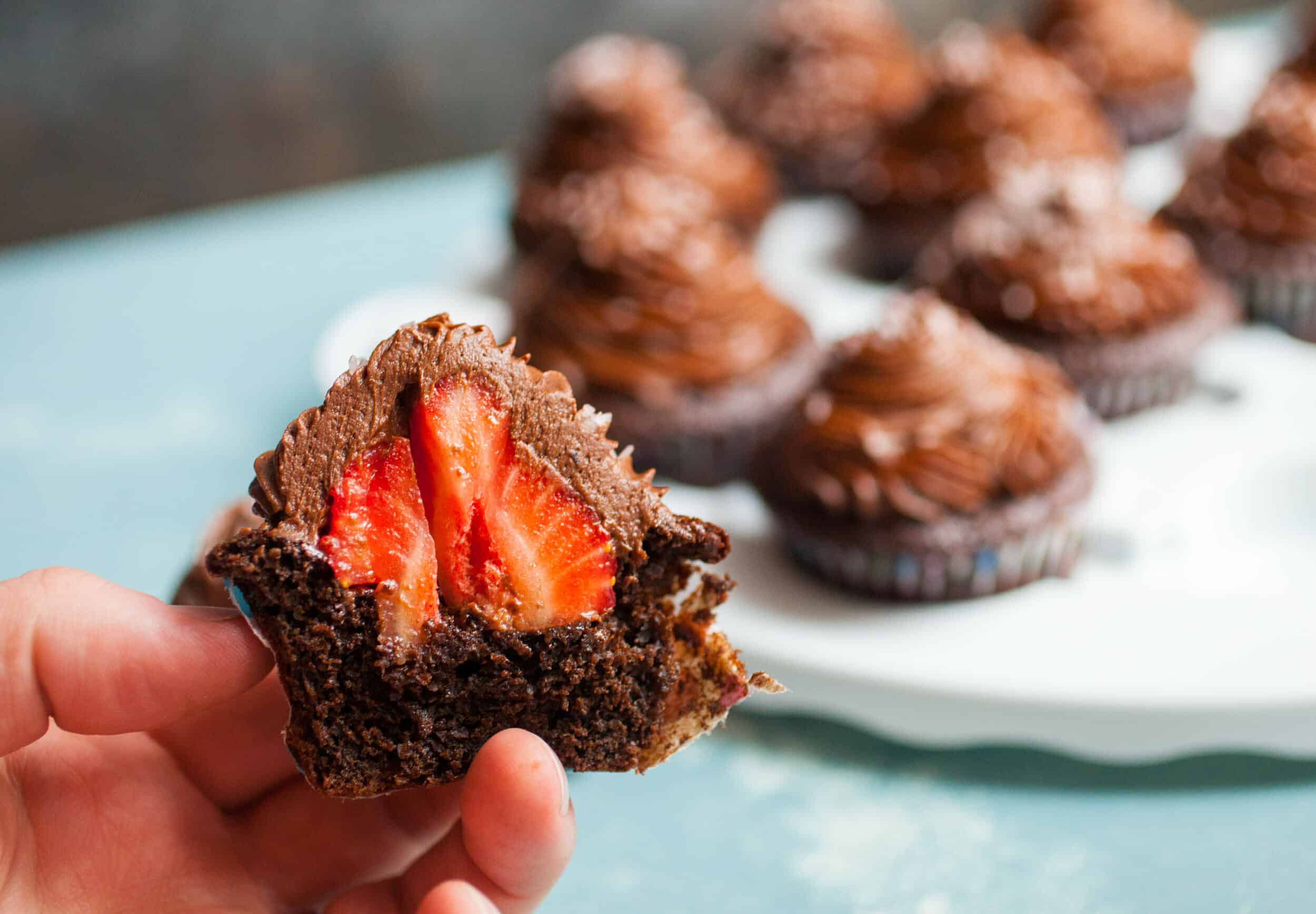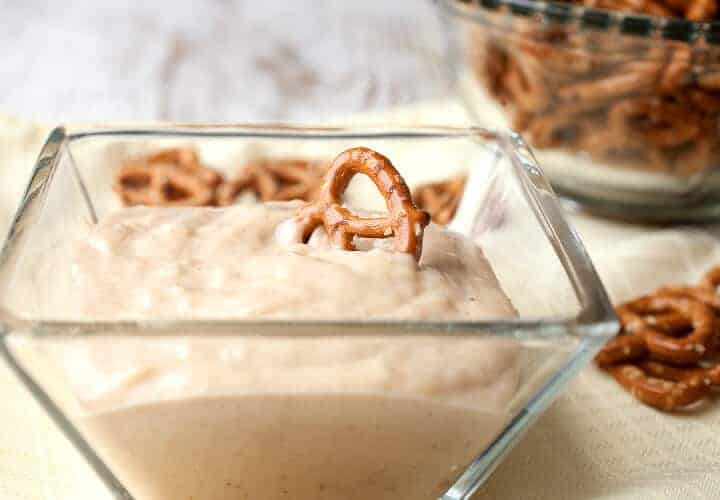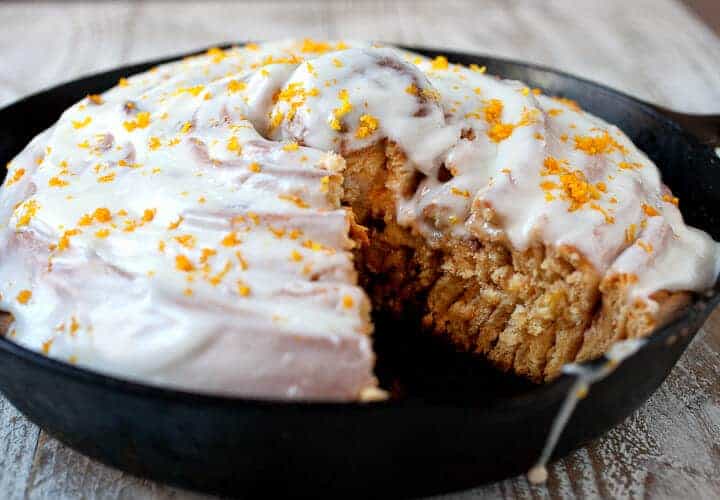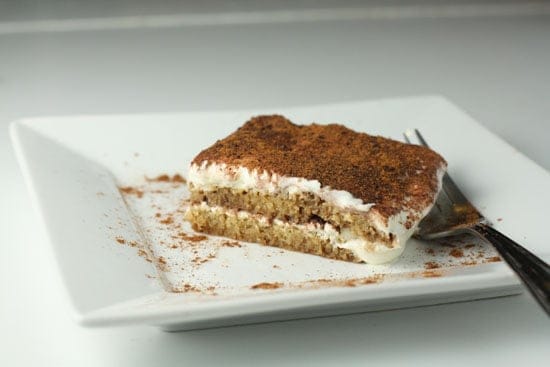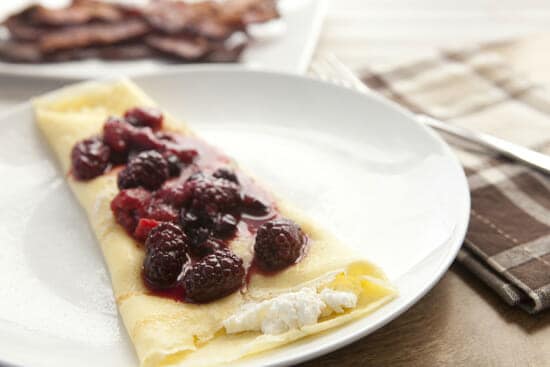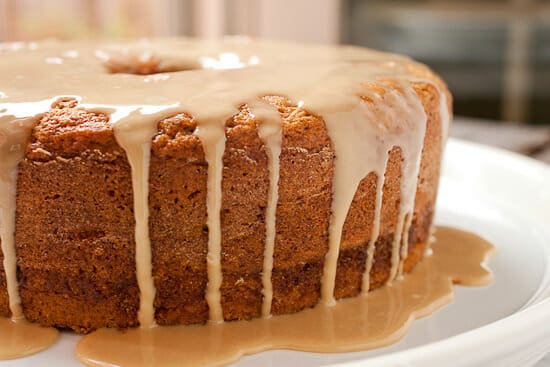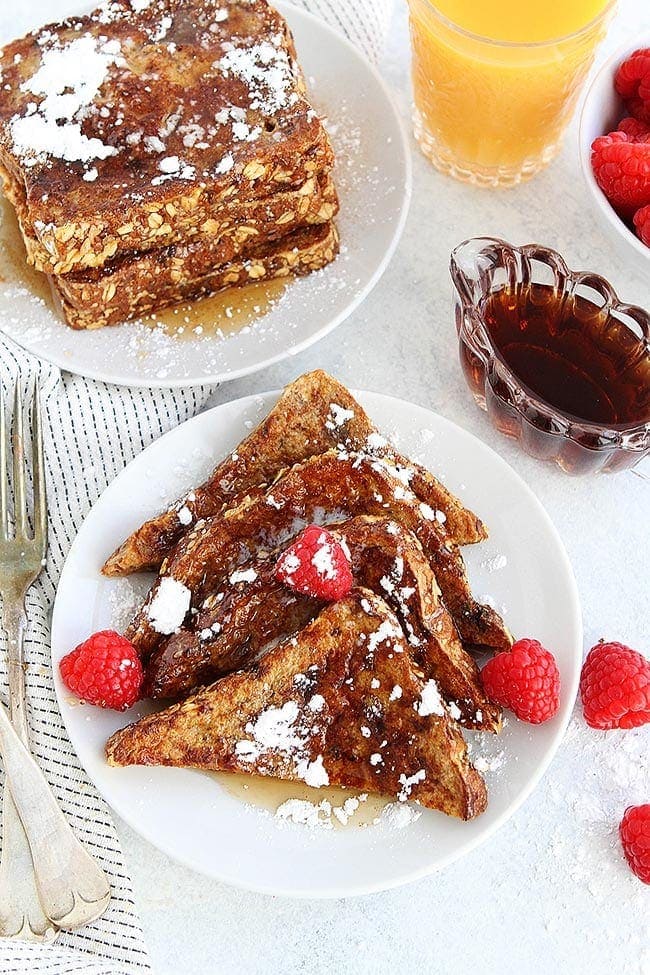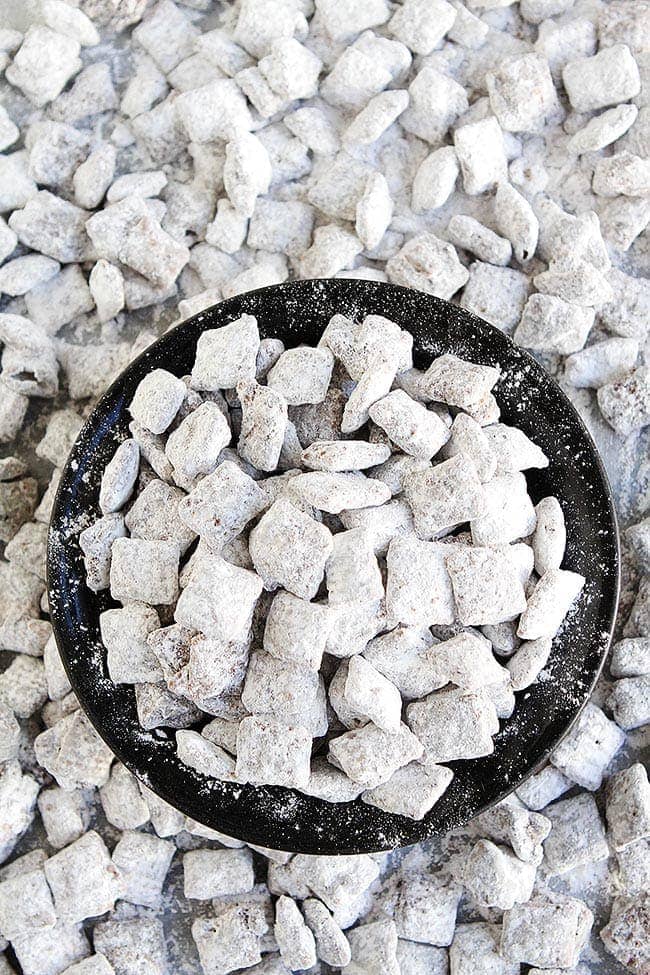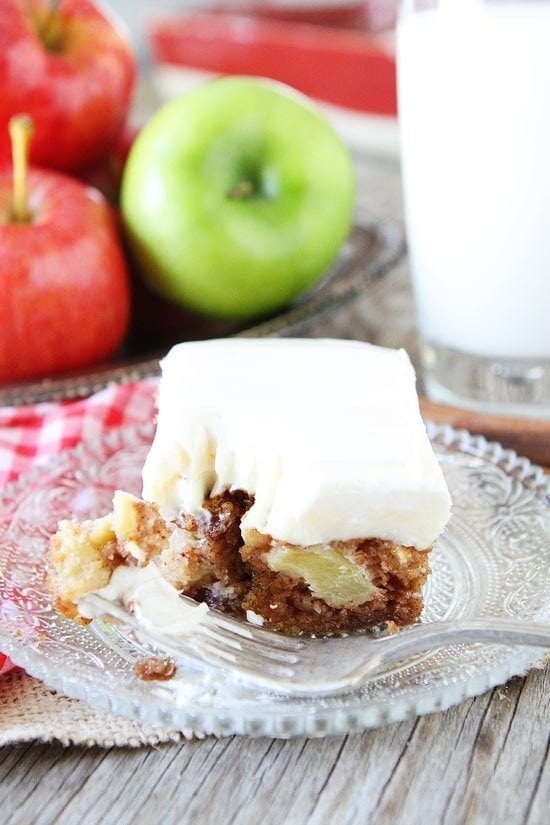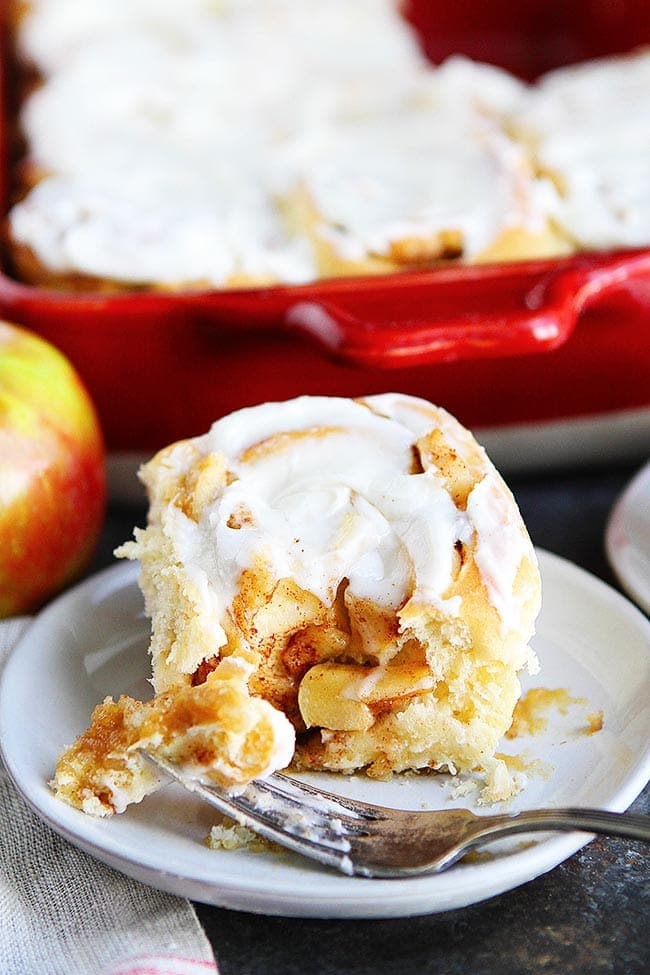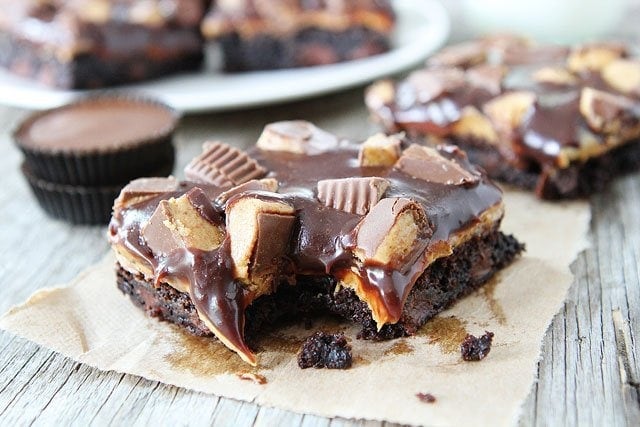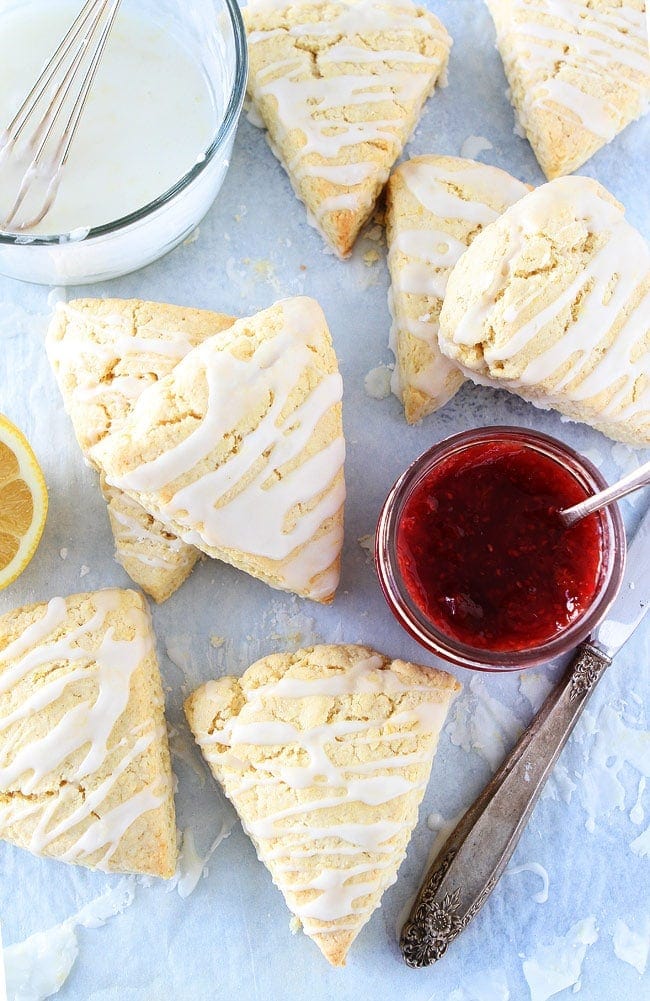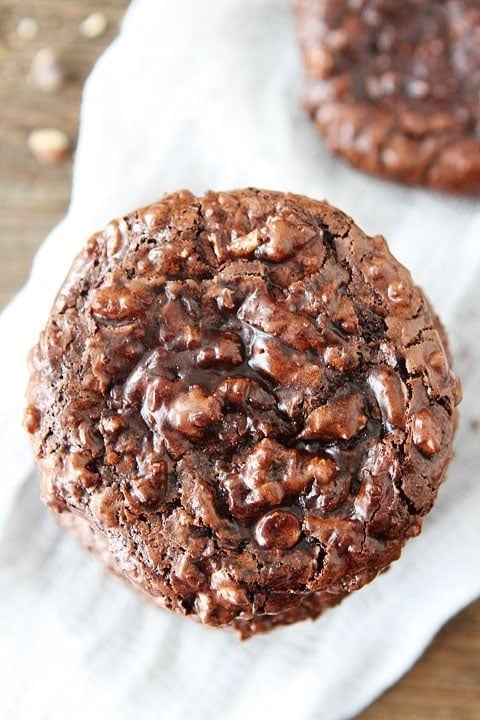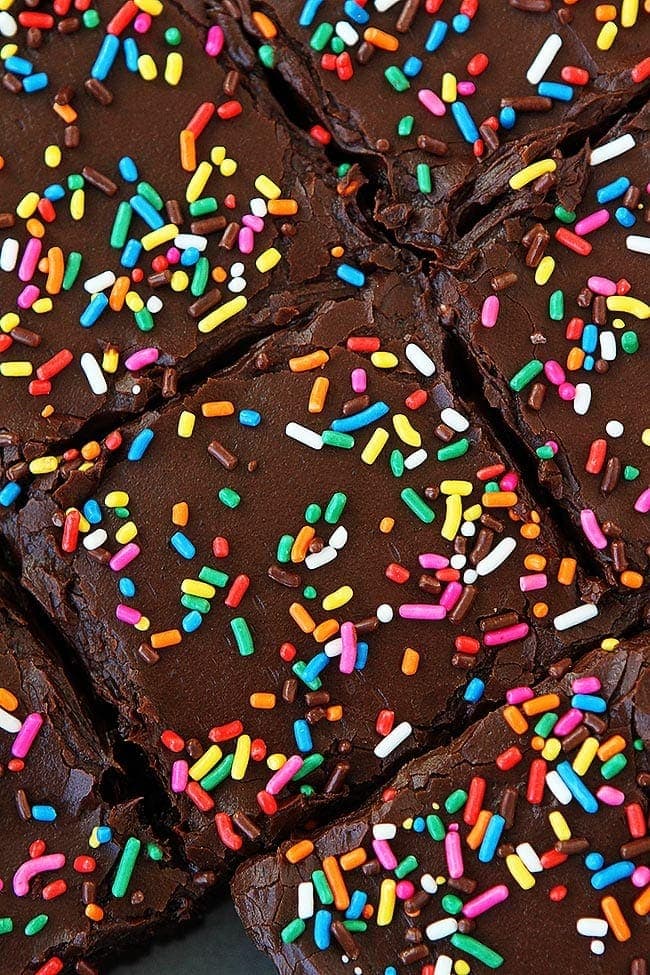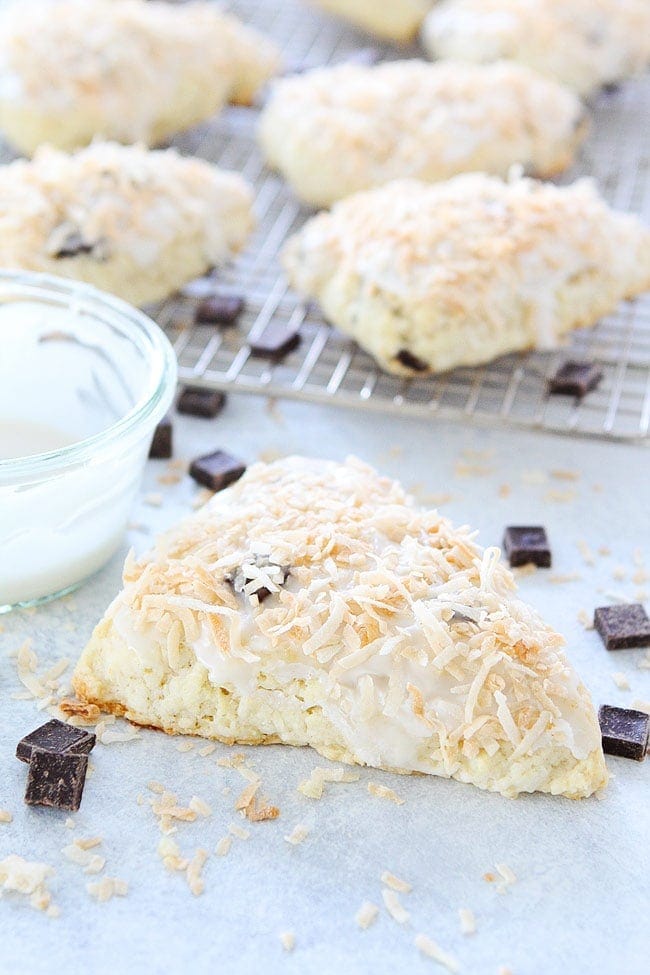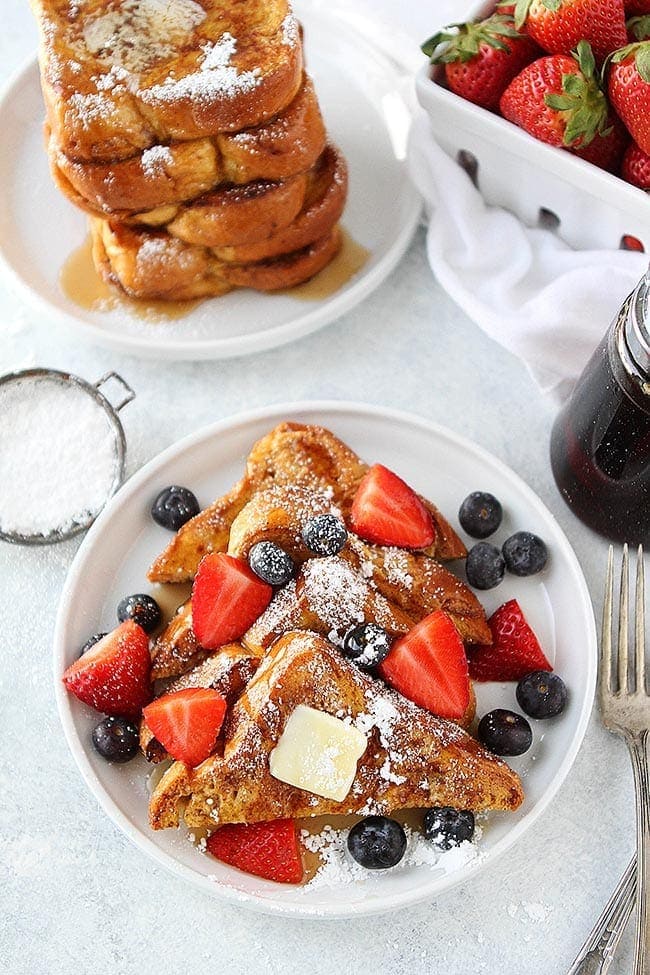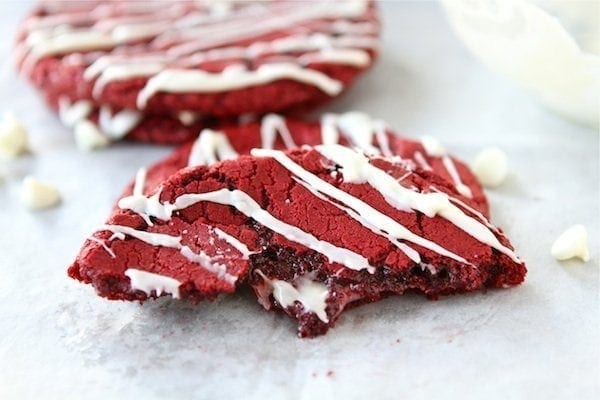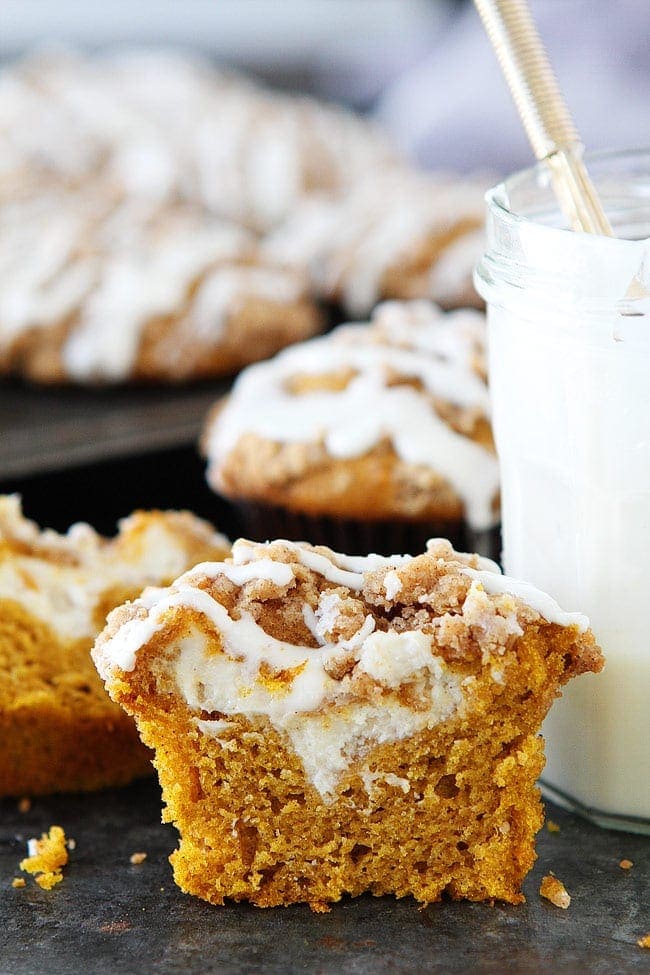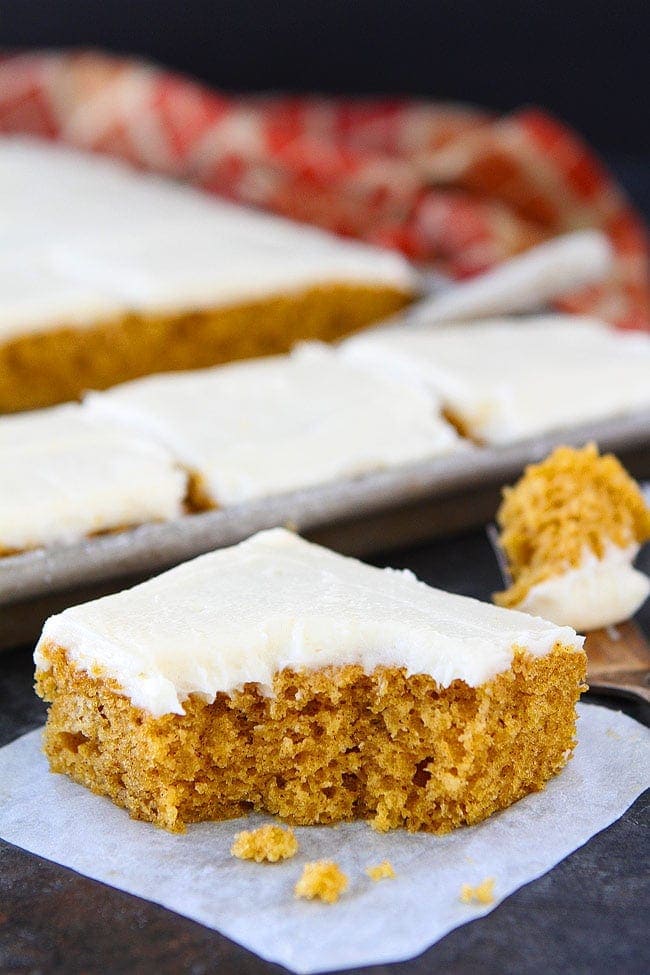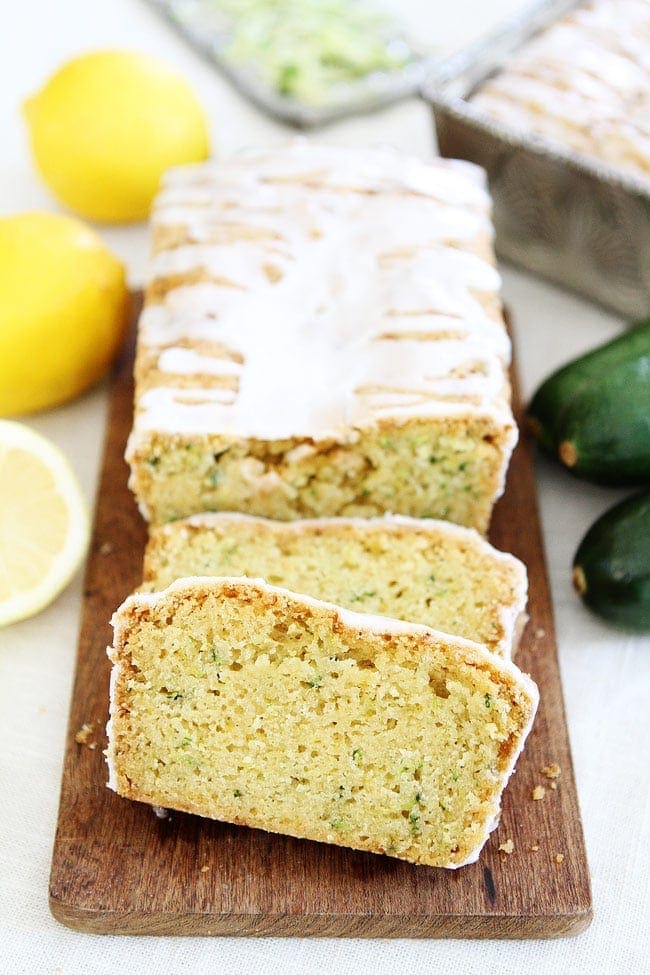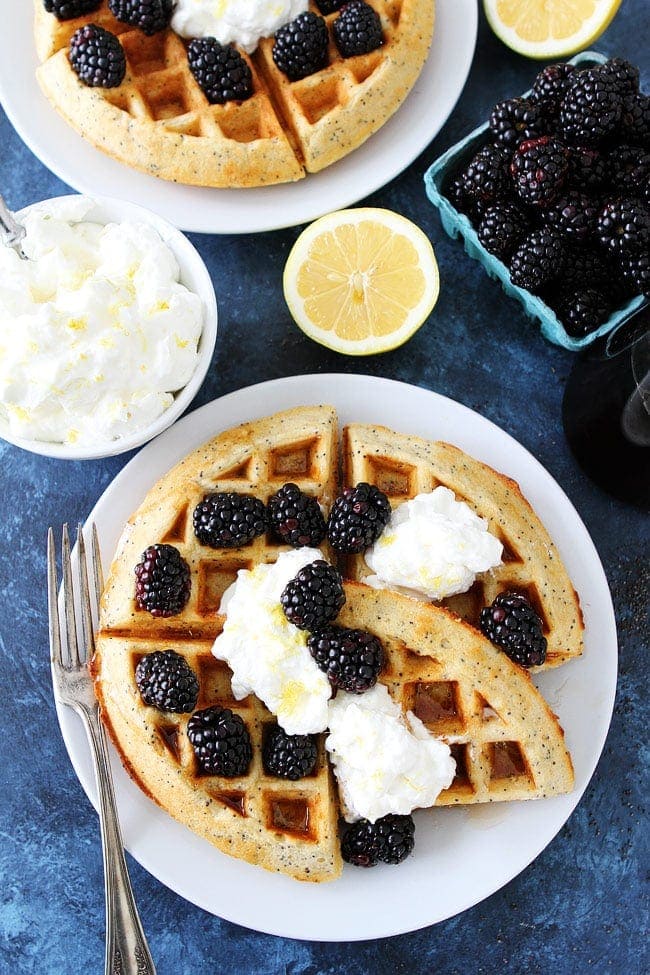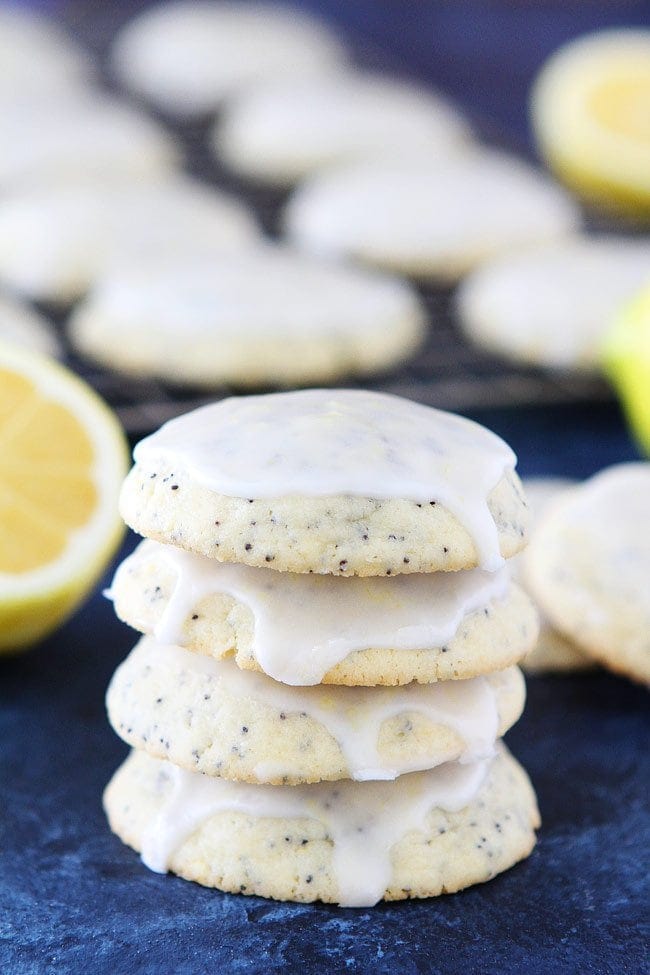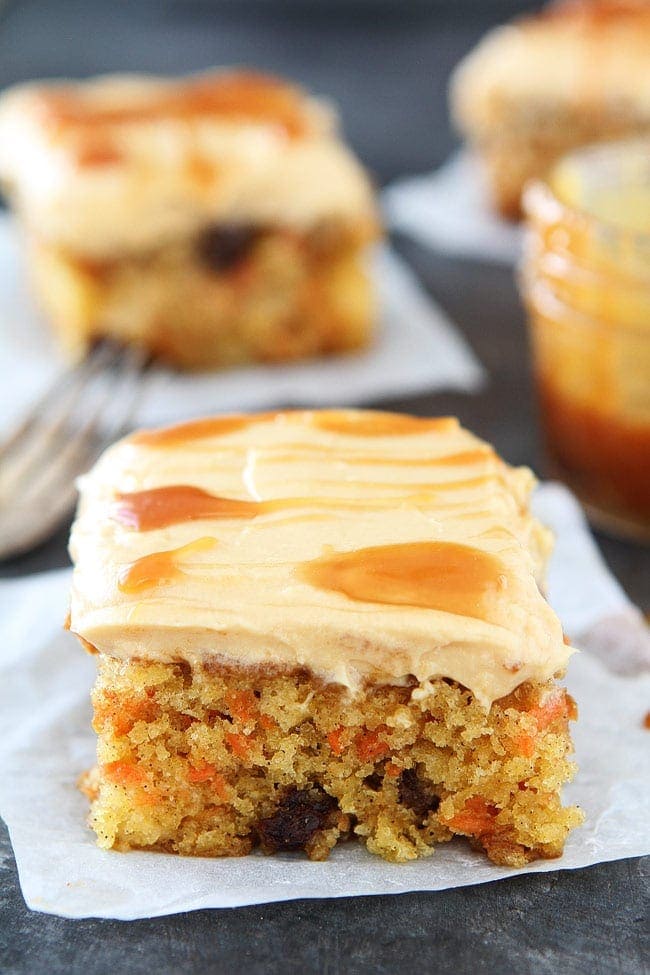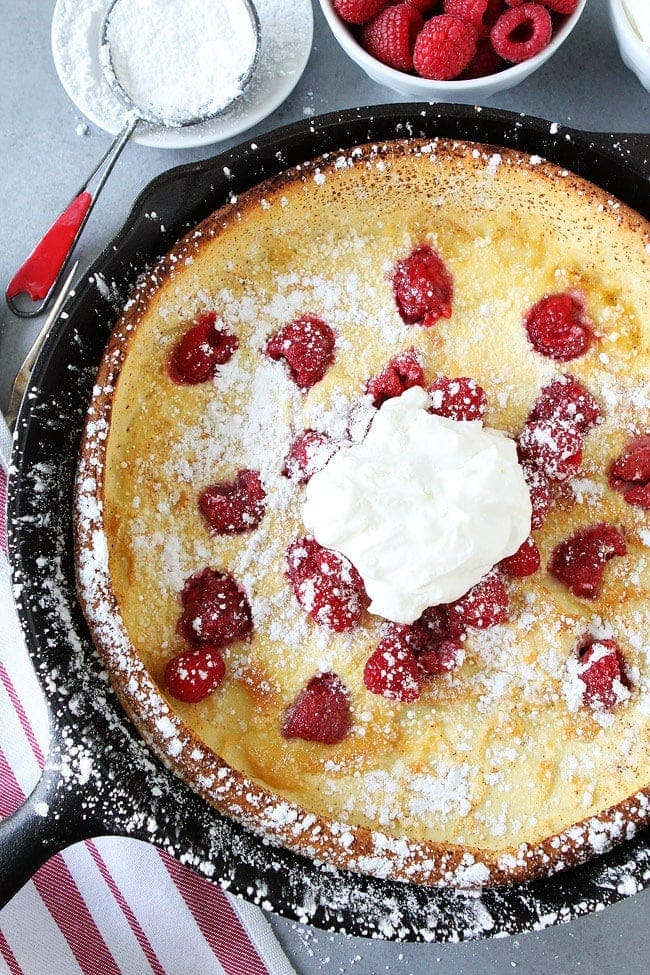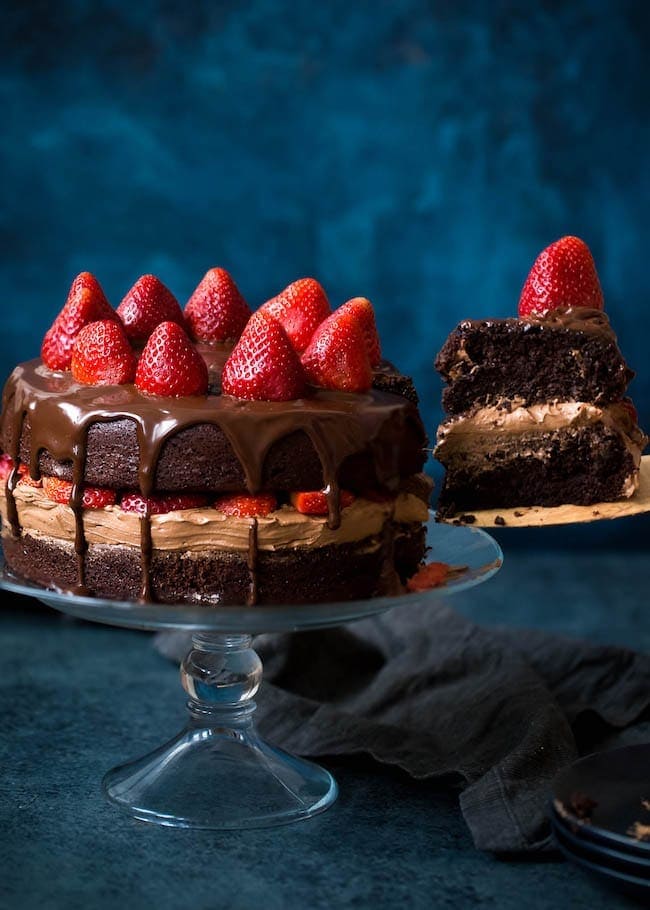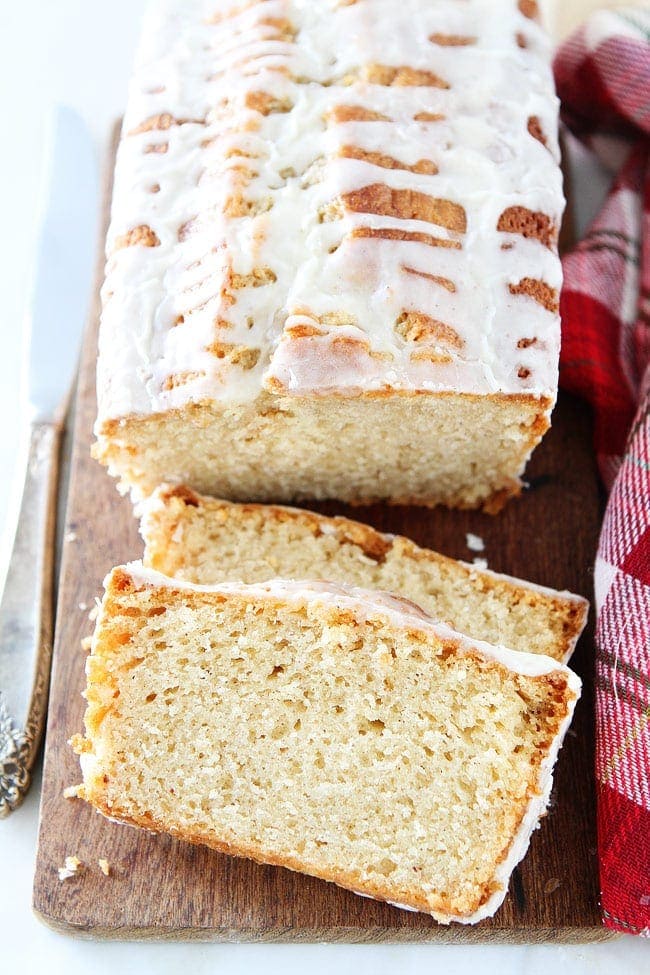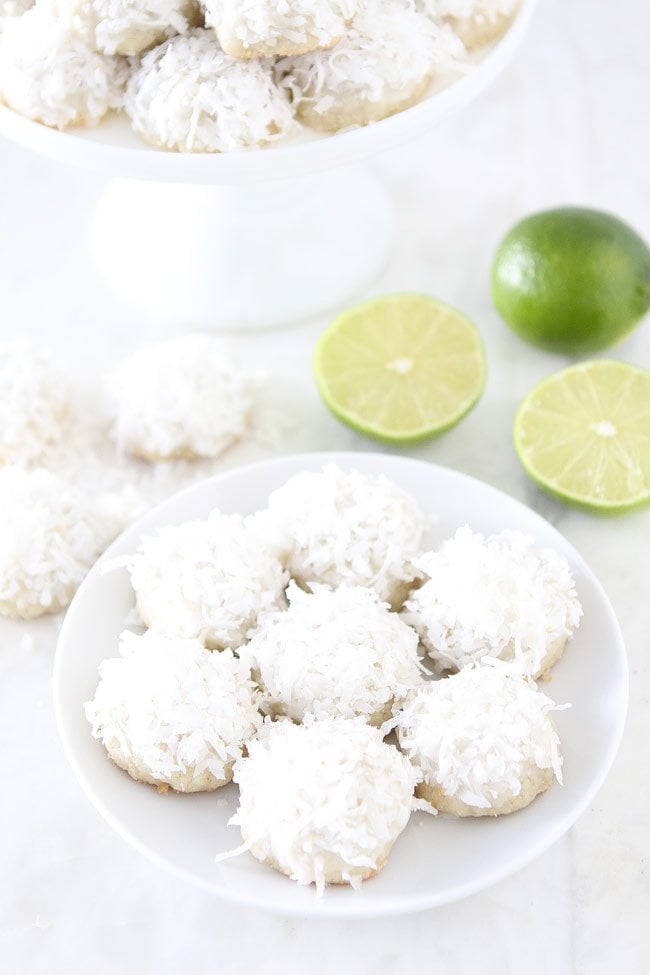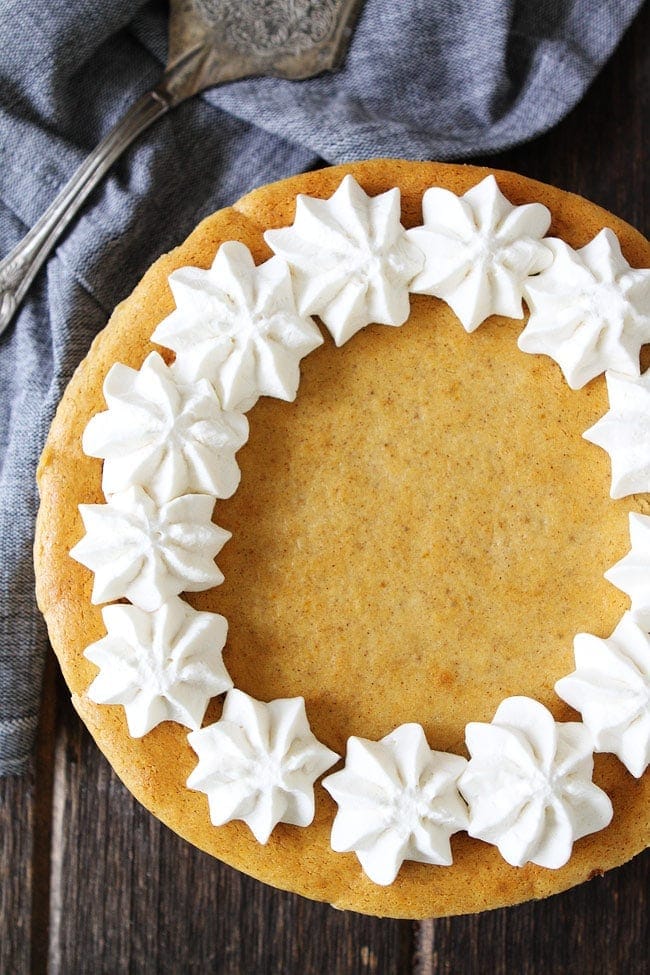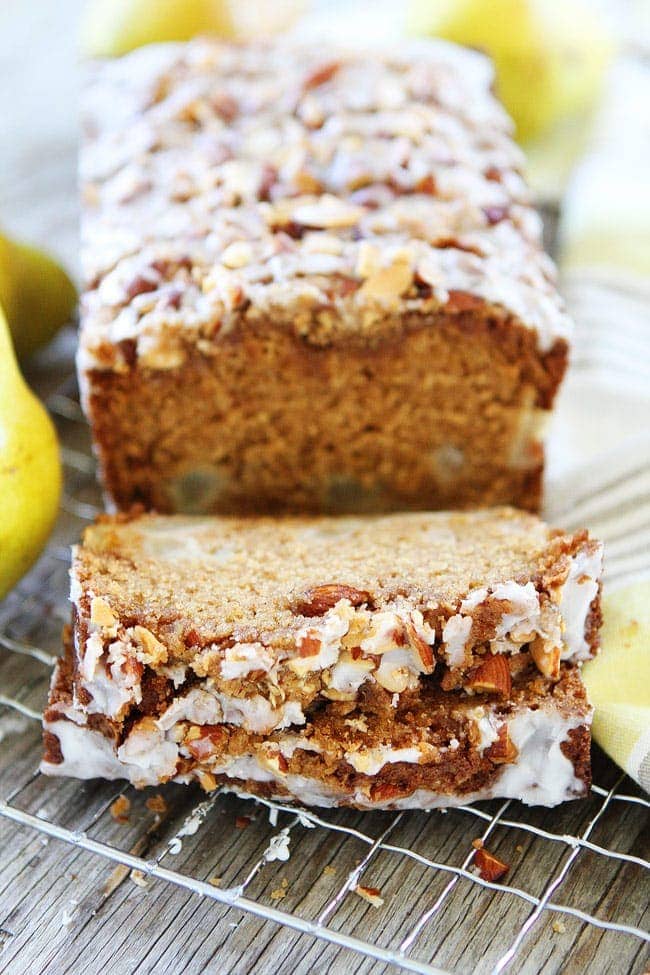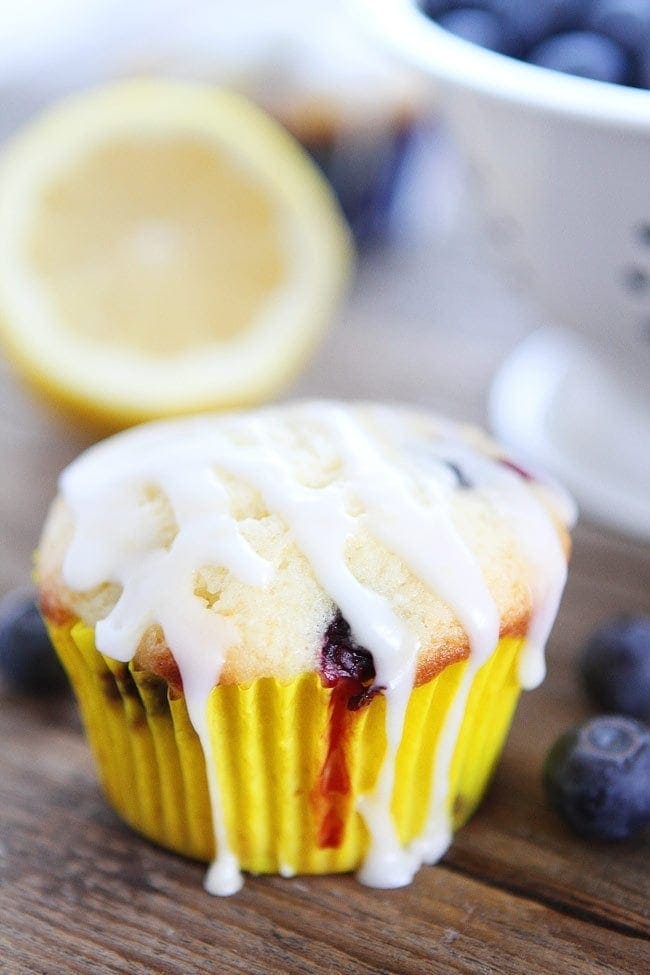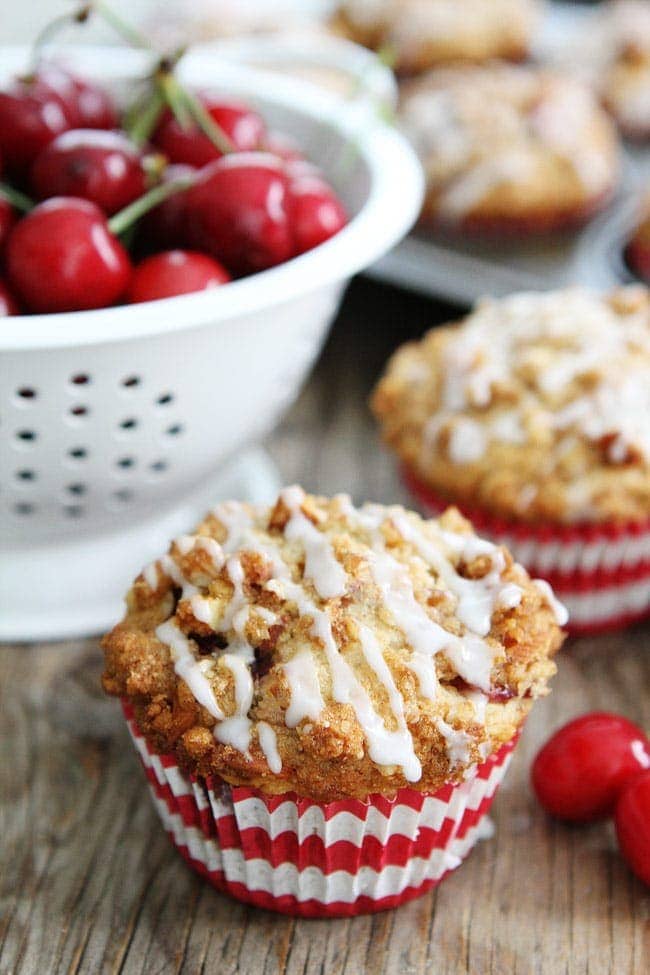Powdered Sugar: Important Facts, Health Benefits, and Recipes
Explore the world of powdered sugar with our ultimate guide, covering its history, storage tips, and versatile uses in various cuisines.
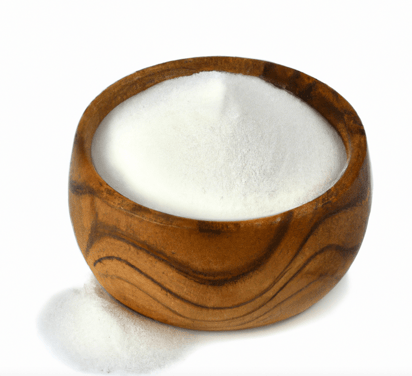
Nutritional Facts
1 tbsp unsifted
Amount per serving
Calories
31.1
Carbohydrates
8 g
Fat
0 g
Protein
0 g
Saturated Fat
0 g
Sodium
0.2 mg
Fiber
0 g
Sugar
7.8 g
Best Powdered Sugar Recipes
-
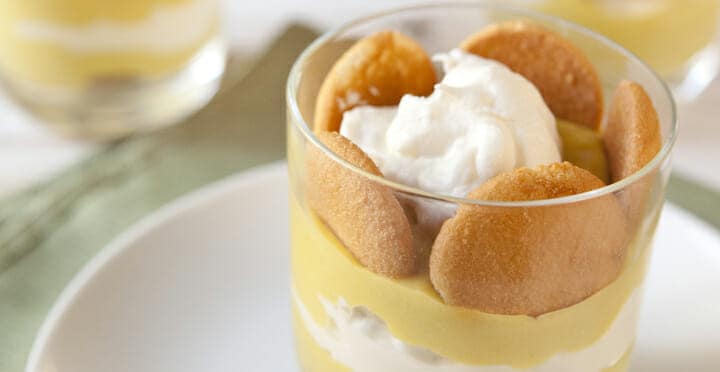
-
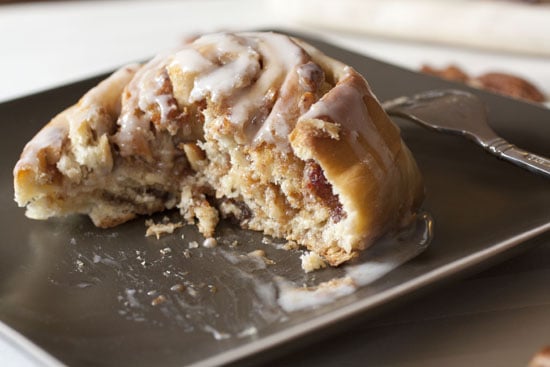
-
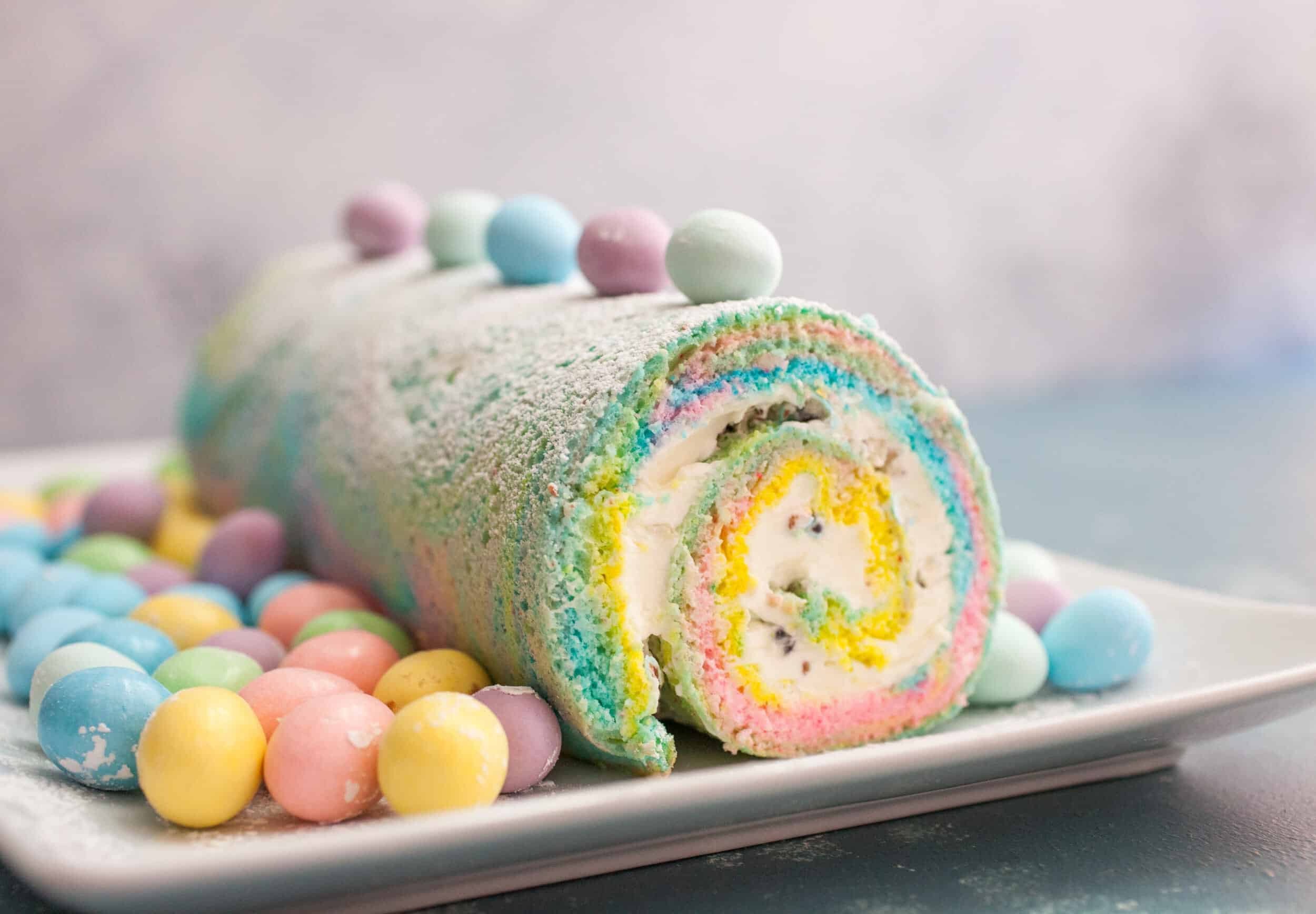
-
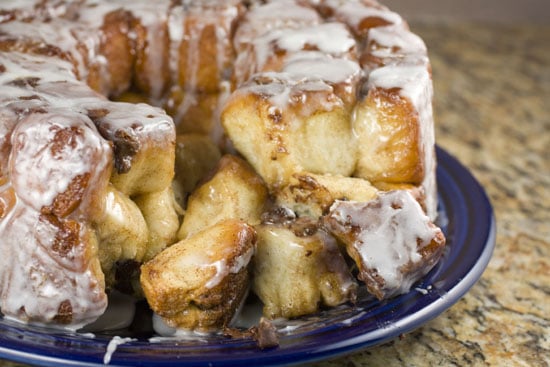
-
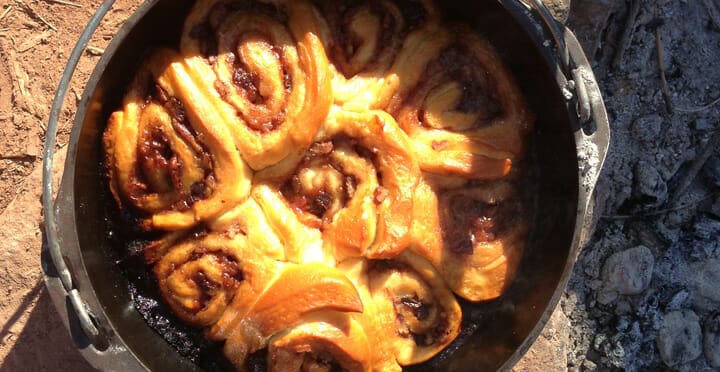
-
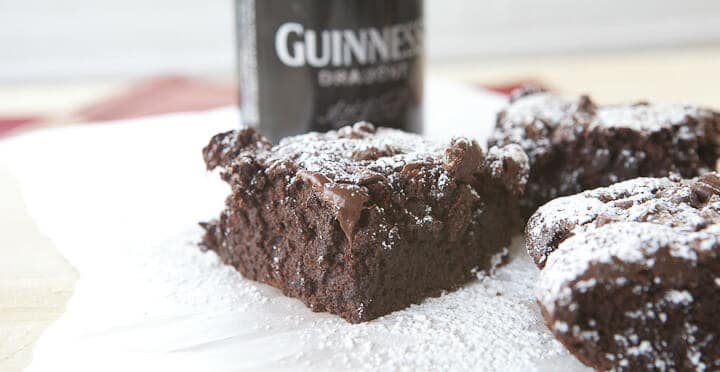
-
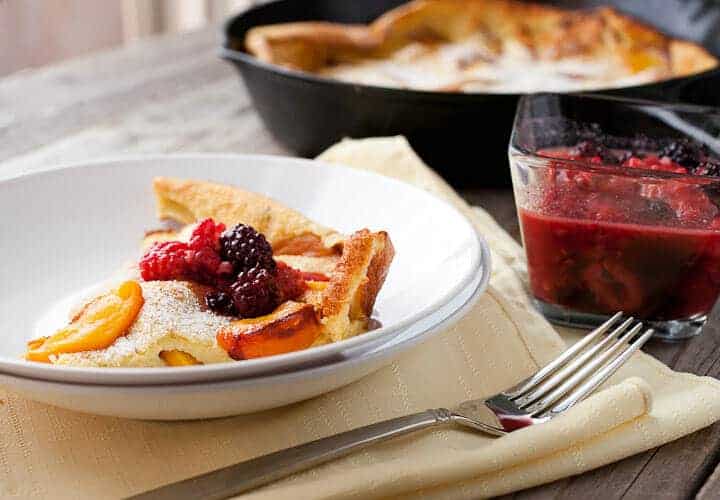
-

-
![Funnel Cake Image]()
-
![Lemon Tea Cookies Image]()
-
![Confetti Pudding Cake Image]()
-
![30 Minute Donut Holes Image]()
-
![Chocolate Covered Strawberry Cupcakes Image]()
-
![Peanut Butter Banana Yogurt Pretzels Image]()
-
![Jameson French Toast Image]()
-
![Giant Sweet Potato Cinnamon Roll Image]()
-
![Bourbon Tiramisu Image]()
-
![Triple Berry Crepes Image]()
-
![Fresh Peach Beignets Image]()
-
![Coffee Coffee Cake Image]()
-
![Cinnamon Raisin French Toast Image]()
-
![Puppy Chow Image]()
-
![Apple Cake with Cream Cheese Frosting Image]()
-
![Apple Cinnamon Rolls Image]()
-
![Chocolate Peanut Butter Brownies Image]()
-
![Lemon Cream Cheese Scones Image]()
-
![Easy Banana Cake with Peanut Butter Frosting Image]()
-
![Flourless Chocolate Cookies Image]()
-
![Ultimate Chocolate Cupcakes Image]()
-
![Easy Chocolate Cake Image]()
-
![Coconut Chocolate Chunk Scones Image]()
-
![Classic French Toast Image]()
-
![Lofthouse Style Soft Sugar Cookies Image]()
-
![Red Velvet Cheesecake Cookies Image]()
-
![Pumpkin Cream Cheese Muffins Image]()
-
![Pumpkin Sheet Cake with Brown Butter Cream Cheese Frosting Image]()
-
![Lemon Zucchini Bread Image]()
-
![Lemon Poppy Seed Waffles Image]()
-
![Lemon Poppy Seed Cookies Image]()
-
![Easy Carrot Cake with Caramel Cream Cheese Frosting Image]()
-
![Raspberry Dutch Baby Image]()
-
![Strawberry Chocolate Cake Image]()
-
![Eggnog Bread Image]()
-
![Lime Coconut Snowballs Image]()
-
![Pumpkin Cheesecake with Brown Butter Gingersnap Crust Image]()
-
![Pear Bread with Almond Streusel Topping Image]()
-
![Lemon Blueberry Muffins Image]()
-
![Cherry Almond Streusel Muffins Image]()


